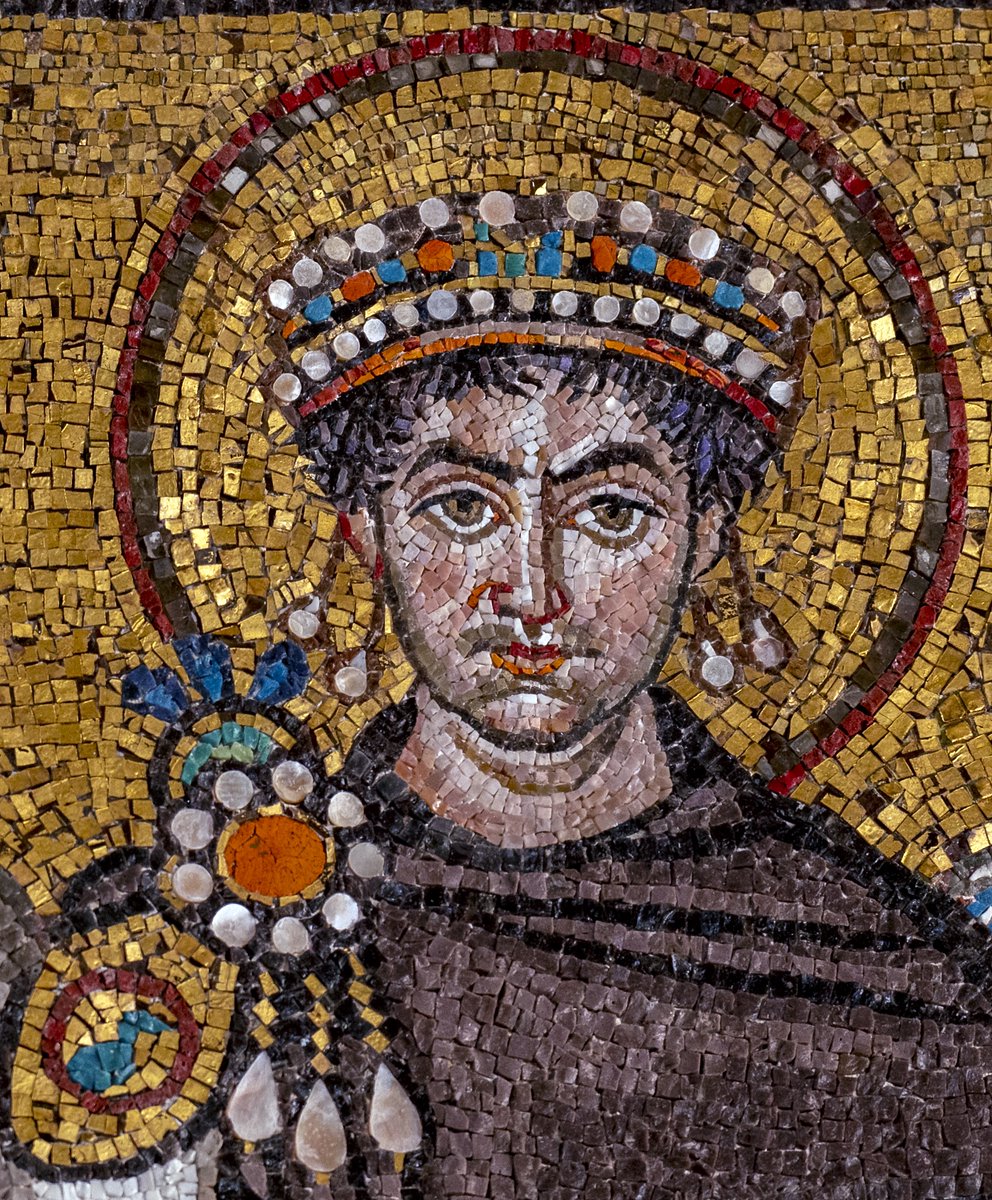
November 14: #OTD in 565, the emperor Justinian I died at the ripe age of 83, having reigned 38 years. On this anniversary of his death, I warn you all to beware of "Justinophobes." Read on. ⬇️ #Roman #Byzantine #History 

First, credit to @mathieugallard, from whom I borrow the term "Justinophobe." What is a Justinophobe? A person who fears or disdains the emperor Justinian to an almost irrational degree.
https://twitter.com/mathieugallard/status/1582771260396011520
I am afraid that the work of some modern historians has encouraged some of the public to veer toward Justinophobia.
By arguing that Justinian was a terrible emperor, and crediting him with, among other things, mass murder, intolerance, bigotry, wrecking the prosperity of Italy, and even destroying the Western Roman Empire, these historians have created a distorted image of the emperor. 

Some of these allegations might be supported by the evidence of the time period, but others are at best hyperbole and at worst disingenuous. On this account, I have in the past argued that Justinian did not personally wreck the prosperity of Italy:
https://twitter.com/byzantineprof/status/1582719755710255108
And I have also talked (briefly) about the absurdity of suggesting that Justinian destroyed the Western Roman Empire:
https://twitter.com/byzantineprof/status/1553031183738478592
Even when allegations against Justinian as a person or an emperor are likely to be true, focusing solely on what modern historians dislike about the emperor and his policies creates an incomplete picture of who the emperor was and how he appeared to contemporaries.
By warning against Justinophobia, I do not suggest that we should instead engage in Justinophilia. This would be to make the same mistake in the opposite direction. The emperor had faults, clear to both contemporaries and moderns.
But I think some modern historians and some in the general public err in not considering the ways that Justinian was regarded a good emperor (at least by some) during his own lifetime and after. In particular, I have written about Justinian's clemency:
researchgate.net/publication/34…
researchgate.net/publication/34…
The emperor's clemency in pardoning subjects who rebelled against him was not just occasional propaganda: it appears repeatedly in multiple sources, including histories like those of Procopius, Justinian's own laws, and exhortatory works like the Ekthesis of Agapetus.
So when we remember that Justinian ordered a military solution to the Nika Riot (532) that perhaps resulted in 30,000 civilian deaths, we should also recall that he forgave generals that plotted to kill him and even restored them to high office! A fascinating contrast. 

To conclude, when we modern historians focus only on the aspects of Justinian's rule or personality of which we disapprove, we lose sight of the whole picture, of both the human and emperor. We need to do a better job of providing the general public with that whole picture. 

• • •
Missing some Tweet in this thread? You can try to
force a refresh


















